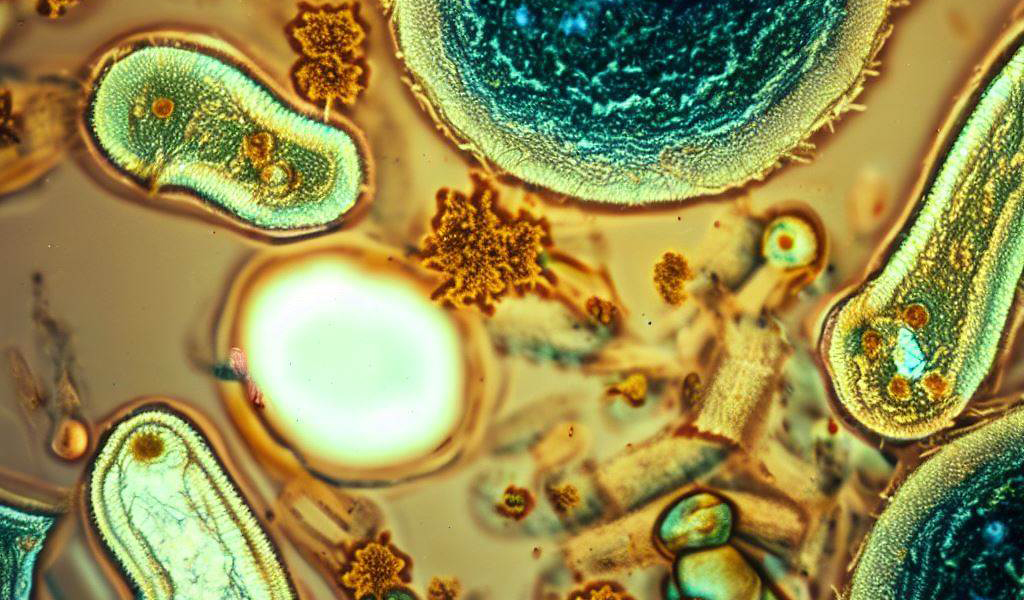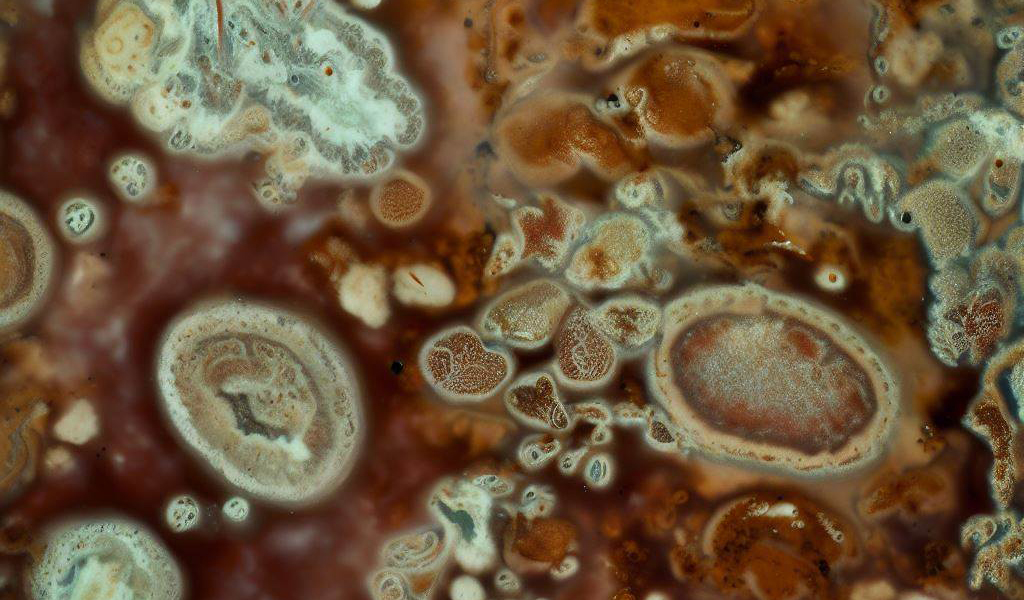The Health Impacts of Sanitary Sewer Overflow: Viruses, Pathogens, and Other
Sanitary sewer overflows (SSOs) pose significant health risks and environmental concerns. When the capacity of a sewer system is exceeded due to heavy rainfall, blockages, or inadequate maintenance, untreated wastewater can overflow into streets, basements, and nearby water bodies. In addition to causing property damage and environmental contamination, SSOs can have severe health implications. This article explores the health impacts of SSOs, with a particular focus on viruses, pathogens, and related risks.

Risks Associated with Viruses and Pathogens:
During a sanitary sewer overflow, the untreated wastewater contains many viruses, bacteria, parasites, and other pathogens that pose health risks to humans and wildlife. These microorganisms can enter the environment and potentially contaminate water sources, leading to the spread of diseases. Key pathogens include:
a. Viruses: SSOs can introduce enteric viruses such as norovirus, hepatitis A, and rotavirus into the environment. These viruses cause gastrointestinal illnesses, leading to symptoms like nausea, vomiting, diarrhea, and dehydration.
b. Bacteria: SSOs may introduce bacteria like Escherichia coli (E. coli), Salmonella, and Campylobacter. These pathogens can cause severe gastrointestinal infections, leading to abdominal pain, fever, and diarrhea.
c. Parasites: Parasites like Giardia and Cryptosporidium can contaminate water sources during an SSO. These parasites can cause cryptosporidiosis and giardiasis, leading to symptoms such as abdominal pain, diarrhea, and weight loss.

Risks to Human Health:
Exposure to SSOs and the pathogens they carry can have various health impacts:
a. Gastrointestinal Illness: The ingestion or contact with contaminated water or surfaces can lead to gastrointestinal illnesses, resulting in stomach cramps, diarrhea, nausea, and vomiting.
b. Respiratory Issues: Inhalation of aerosolized droplets from wastewater during an SSO can cause respiratory problems, particularly in individuals with pre-existing respiratory conditions such as asthma.
c. Skin Infections: Direct contact with sewage-contaminated water or surfaces can result in skin infections, including dermatitis, rashes, and other irritations.
d. Eye and Ear Infections: Pathogens present in SSOs can cause conjunctivitis (pink eye) and ear infections when exposed to contaminated water.

Prevention and Mitigation:
Reducing SSOs and their associated health risks requires a proactive approach and implementing innovative solutions. Infratech Inc., a leading provider of wastewater management solutions, has developed the ssoAlert system, a groundbreaking innovation in sanitary sewer overflow prevention and management. This advanced technology enables real-time monitoring of wastewater levels, helping utilities promptly detect and respond to potential SSO events.
By utilizing ssoAlert, municipalities can proactively identify and address sewer blockages, infrastructure issues, and other factors contributing to SSOs. The system provides valuable data for informed decision-making, enabling preventive maintenance, sewer system upgrades, and timely response during emergencies. These measures significantly reduce the occurrence of SSOs and protect public health.
Conclusion:
Sanitary sewer overflows present significant health risks due to the presence of viruses, pathogens, and other contaminants in untreated wastewater. The ingestion, inhalation, or contact with contaminated water can lead to gastrointestinal illnesses, respiratory issues, skin infections, and other health problems. To mitigate these risks, it is crucial to invest in innovative solutions like the ssoAlert system developed by Infratech Inc. By adopting proactive measures and utilizing real-time monitoring; municipalities can effectively reduce SSOs, ensure compliance
